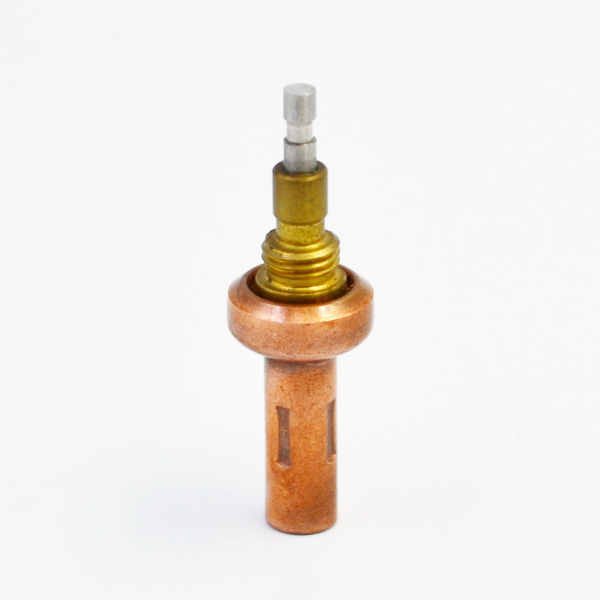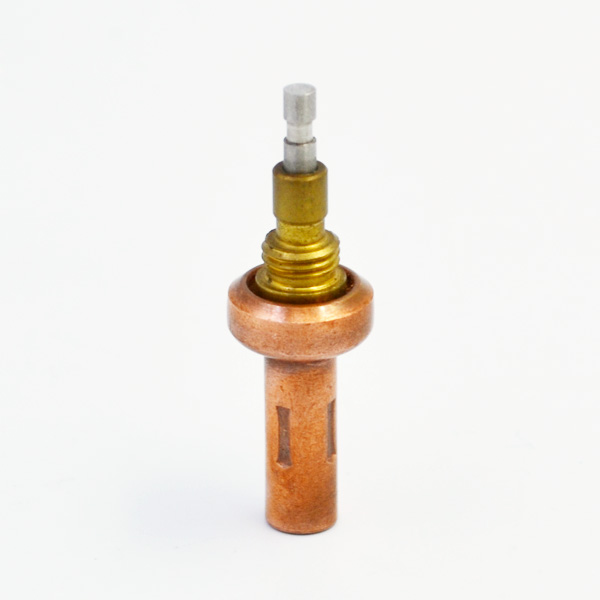Weighing transmitter controller integrates weighing display, control and weight signal transmission, and is widely used in various aspects such as weighing, force measurement, ingredients and so on. From the point of view of practical application, the weighing transducer controller has the characteristics of convenient installation and operation and accurate measurement. On the basis of explaining the principle and structure of the weighing transducer controller, this paper probes into its application function and the design of software and hardware, aiming at promoting the application of the weighing transducer controller in more fields. Weighing transmitter controller is an occasion that gathers many kinds of load-bearing, force-measuring, batching and weighing data collection. In the process of using, the forms of instruments are various, but the functions and structures are basically the same. When using it, the load-bearing objects will be controlled according to the actual requirements, thus forming a closed-loop measurement and control system to realize the measurement. Complete measurement of objects. In order to effectively prevent measurement errors, it is necessary for relevant personnel to pay more attention to the use of symmetrical retransmitter controller instruments in the process of specific measurement application operation. The weighing transducer controller is based on the integrated single chip microcomputer as the core, calibration and basic setting working parameters are saved by relevant equipment, and then the weight signal is output by the sensor and amplified by the amplifier. After filter processing, the second-order low-pass will send the processed information to a high-precision A/D converter, and then be transferred to the processor in the form of digital quantities and microcomputers for calculation and processing. First, high-speed quantitative loading system.
The high-speed quantitative loading system is mainly operated by the load-bearing system of the load-bearing sensor controlled by a computer. In the process of operation, the corresponding control signal can be output according to the actual situation, and the fixed-value weighing operation can be carried out under the action of the signal. Weighing transmitter controller system is mainly composed of MCS-51 single-chip computer and V/F voltage-frequency converter.

BCD dial is a fixed-value setting input, which can output a signal proportional to the weight when used. In the fixed value sub-assembly control system, the weighing sensor has a profound impact on the measurement accuracy of the electronic scale. Secondly, the mathematical application principle of electronic belt scale. The new electronic belt scale measuring system has the same mechanical part of belt driving transmission as the traditional electronic belt scale.
The system consists of gear disc, magnetoelectricity speed sensor, etc. It can effectively measure the rotating speed of the rotating wheel of the weighing variable speed controller. The basic idea of the hardware design of the weighing transducer is to take effective measures to reduce the cost of hardware design as far as possible when designing the controller, on the basis of meeting the high accuracy requirements of the load-bearing transducer and combining with the software algorithm. The weighing transducer controller involves hardware filter, preamplifier, reference voltage network, multi-channel analog switch, programmable amplifier and so on. The basic range of signal processing of weighing transducer controller is 0-36 mV. In the process of using, the range change of weighing transducer controller is required to be stepless. However, from the actual situation of the current digital gain, the use of the amplifier’s PGA is not only expensive, but also unable to meet the actual design and application requirements. The formula for calculating amplifier gain is as follows: K=1 100K/Rg.
A key content of this design is to select a digital potentiometer with high accuracy, which can better meet the changing needs of lean design under the action of digital potentiometer. In order to avoid the change of potentiometer resistance caused by temperature drift, the gain range of programmable amplifier can be set between 25.2 and 211.8.
A/D converter uses a 24-bit converter designed by a company.

This type of converter uses charge balancing technology and programmable gain chopper stability measurement amplifier with very low noise. The resolution can be calculated when it reaches 24 bits. The built-in programmable gain amplifier of the converter is PGJA. Its analog output can directly process the output signals of various sensors, and simplify the interface design of the sensor according to the actual situation. In order to better meet the design requirements, an additional 1 is set on the basis of the built-in gain level, which effectively improves the performance of multistage programmable digital filters and the Hertz conversion frequency. In addition, a self-tuning system will be equipped inside the converter, which can effectively eliminate the errors of A/D converter itself and solve the problem of channel misalignment.
The traditional four-wire compensation method has three problems when it is used. First, after changing the length of cable, there will be systematic error of load-bearing structure. Secondly, when the temperature changes, the cable resistance will also appear weighing error in use. Thirdly, thermostatic element there will be weighing error when the excitation power supply is unstable. In order to solve the application problem of four-wire compensation method, a six-wire long-line compensation method has been developed. After applying this method, the stability of the converter index has been effectively improved. First, the model of level scale. When the control mode option CF is 0, the instrument will be controlled in the mode of level scale, and the work flow is shown in Figure 1.
Secondly, the working mode of batching scale. When the batching scale working mode CF is 1, the instrument will be controlled by the batching scale mode. The specific workflow is shown in Figure 2. Thirdly, the fixed scale model. When the choice CF of control mode is 2, the instrument will carry out the related control work in a fixed value mode. The specific process is shown in Figure 3. In order to get accurate measurement results, we need to pay attention to the following measurement data: first, the measurement range of the scale; second, the fixed load; third, the number of sensors used. Firstly, when the instrument operates in parallel with multiple sensors, additional compensation junction boxes are needed to avoid the measurement errors caused by insufficient sensor sensitivity to a certain extent.
Secondly, shielded cables should be used to output analog signal lines between sensors and instruments. When using the shielded cable, the cable layer of the shielded cable needs to be grounded separately at the other end of the instrument. Thirdly, the distance error between the sensor and the compensating junction box should be controlled within 10 m. For the short junction box and the instrument, special shielded cable should be used to connect in the form of six lines, and the distance between the sensors and the compensating junction box should be controlled within 80 M. Fourth, instrument transmission and output. When the current signal interface and terminal display are connected, the distance between them should be controlled in the range of 200 m, and the voltage signal should be clearly perceived in the range of 50 m.
In order to eliminate this kind of interference and improve the signal quality, it is necessary to add an additional active or passive Lv filter network between sensors and A/D converters. After adding a filter network, an analog filter is formed and the application model is applied. The quasi-filter performs frequency filtering on the signal. However, from the actual use, the analog filter will be disturbed by capacitance when it is used, and it is often unable to obtain enough data information at low frequency. The application of digital filtering can improve the accuracy of data processing.
Two kinds of digital filtering algorithms are involved in the application of digital filtering in weighing transducer. Firstly, average numerical filtering against impulse interference. In areas where impulse interference is serious, the general average algorithm can not be used. Instead, eight consecutive sampling times are needed for each number point without the original data information of the weighing transmitter. After removing two maximum and minimum values, the average values of the remaining digits are taken to create a sampling data queue to provide for the second filtering operation. Support. Second, moving average filtering. In the application of sliding average filter, we need to create a data buffer in RAM first, and then copy the eight anti-impulse interference average filter data to the data buffer to calculate the average value of the eight data. In summary, with the development of social economy and science and technology, weighing transmitter has been widely used in all aspects of social production management. In this context, in order to improve the application effect of weighing transmitter, this paper discusses high-intensive reading from the aspects of hardware composition, system principle, instrument installation and wiring operation. The design of weighing transmitter aims at improving the accuracy of weighing transmitter through multi-party optimization design.
